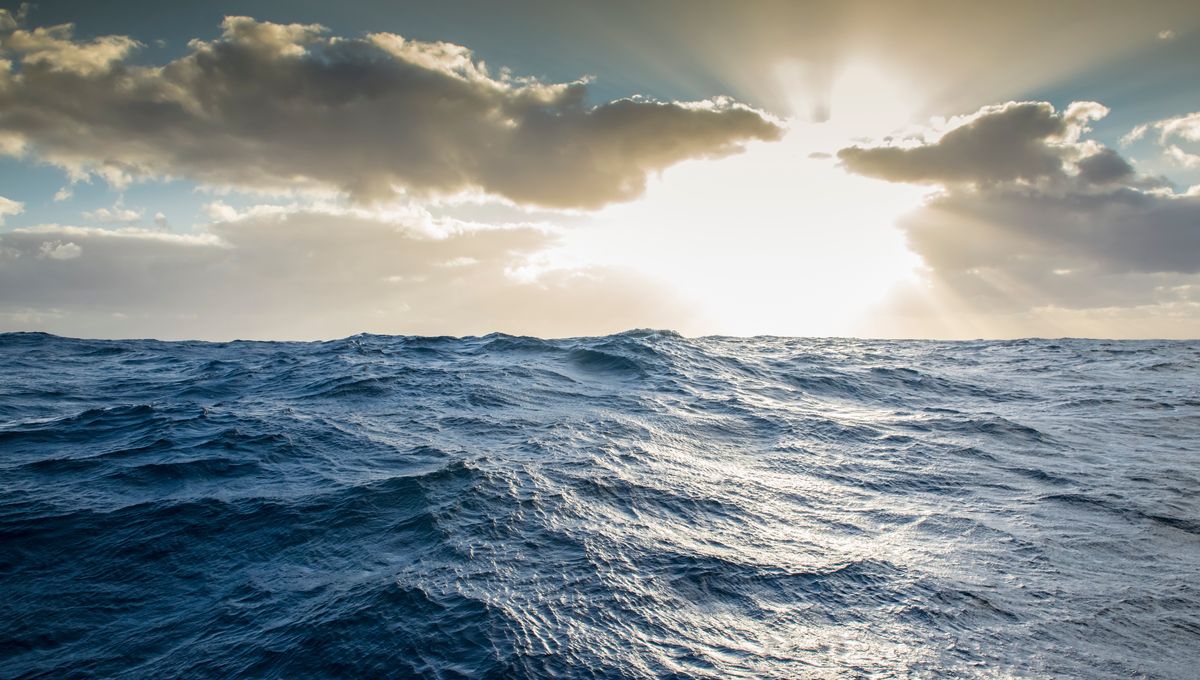
Changes in temperatures in the Eastern Pacific, known as El Niños and La Niñas, ripple around the world, causing droughts and floods in different locations. New evidence suggests there is another such phenomenon, whose effects are felt across the Southern Hemisphere and have not previously been noticed – and it all starts in a surprisingly small area off New Zealand.
El Niños famously involve unusually warm water off Peru, often around Christmas time, inspiring a name referring to the baby Jesus. The normal upwelling and northern migration of cold water gets temporarily blocked, allowing the tropical Sun to warm the surface ocean. Fishers were aware of them long before meteorologists because they were associated with drastic falls in anchovy stocks, and the larger fish that prey on them. It’s only more recently climatologists have discovered they are associated with higher global temperatures, epic rains in the western parts of both American continents, and droughts in East Africa and Australia.
A somewhat similar phenomenon has been discovered in the midlatitudes of the western Pacific. Researchers have named it; “Southern Hemisphere Circumpolar Wavenumber-4 Pattern,” suggesting they are better at science than marketing, although they do shorten it to W4.
“This discovery is like finding a new switch in Earth’s climate. It shows that a relatively small area of the ocean can have wide-reaching effects on global weather and climate patterns,” Balaji Senapati, lead author of the study, said in a statement.
A W4 starts in waters around New Zealand when a patch of water of unusual temperature, whether warm or cool, forms during the southern summer. This triggers an atmospheric ripple that creates alternating areas of contrasting temperature around the oceans at similar latitudes. When complete, the wave pattern involves four warm and four cool regions, spanning the globe. The warm waters are associated with high-pressure systems, producing low pressures and cloud cover to the east, creating a region of cold water, that then makes another high.
Local wind patterns affect the exchange of heat between the surface ocean and the atmosphere, and the depth of the ocean’s upper layer. The W4 tends to break up in late (southern) autumn, making it shorter than most El Niños, or La Niñas.
El Niños, and to a lesser extent La Niñas, can be associated with vast suffering in vulnerable parts of the world, with droughts and floods killing hundreds of thousands of people in bad years. Food supplies are often drastically interrupted – however, our understanding of these events, and increasingly our capacity to predict them, have greatly reduced the damage as farmers adjust their behavior.
Senapati thinks the same will be true for W4, albeit for a smaller proportion of the global population. “Understanding this new weather system could greatly improve weather forecasting and climate prediction, especially in the Southern Hemisphere. It might help explain climate changes that were previously mysterious and could improve our ability to predict extreme weather and climate events,” he said.
Most people are not particularly concerned about sea surface temperatures, except insofar as they affect continental conditions. El Niños and La Niñas certainly do this, but the authors note the effects of W4 on continental rainfall require further investigation.
The discovery comes from simulating 300 years of pre-industrial climate conditions, and noticing a pattern in sea surface temperatures that kept repeating.
Many other weather phenomena are associated with either El Niño or La Niña, but the Southern Hemisphere Circumpolar Wavenumber-4 Pattern can show up under both, or in neutral years.
The initiating area appears to serve as W4’s driver because it has a particularly large difference from year to year in sea surface temperatures. The authors were unsure whether W4 was driven by variations at tropical or subtropical latitudes, so they ran the models with slightly changed temperatures under one or the other. They found that changes in tropical temperatures had little effect further afield, but the subtropics (between 55°S and 20°S) were a very different matter. Their results closely matched observed global conditions in years when temperatures in the subtropics matched the “nudged” models.
The study is published in the Journal of Geophysical Research: Oceans.
Source Link: One Small Area Of The Pacific Shapes Temperature Variations For Half The World